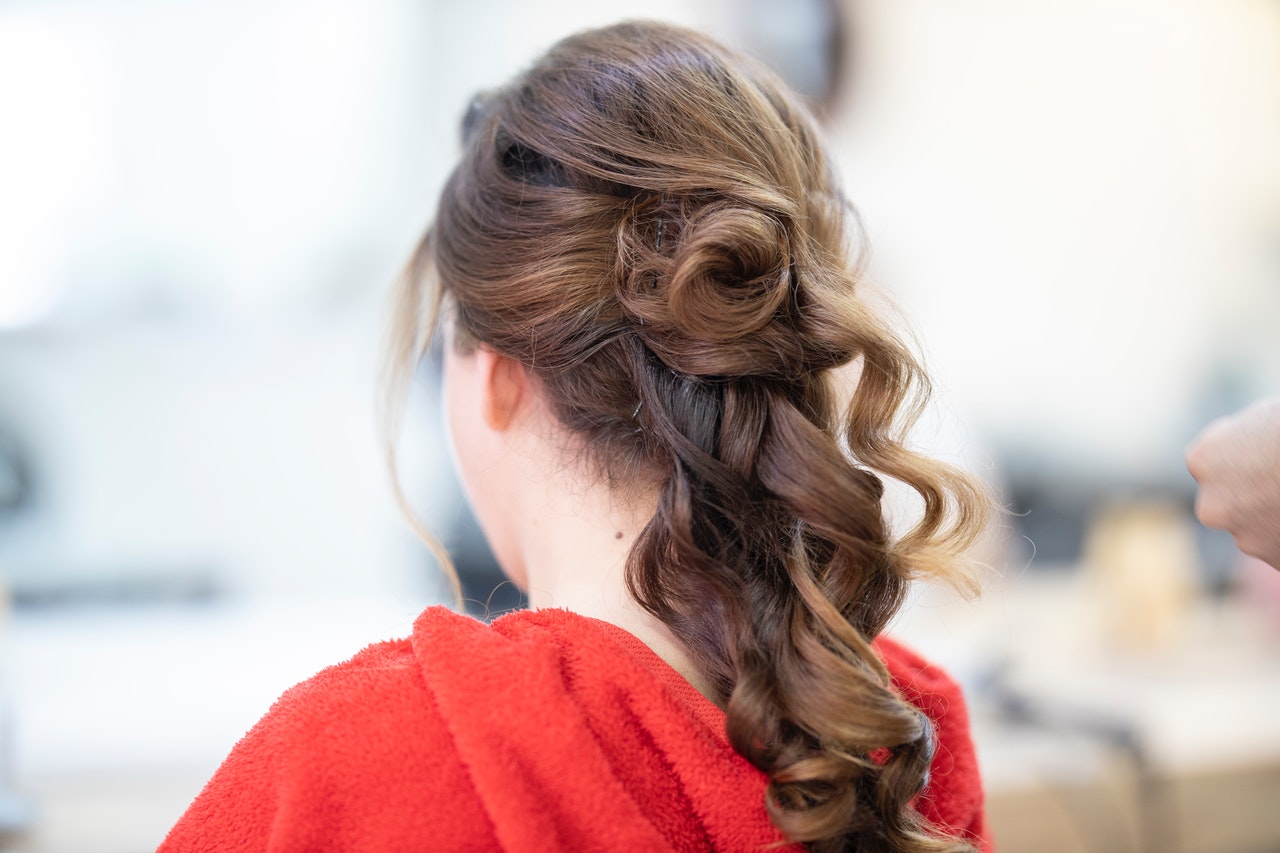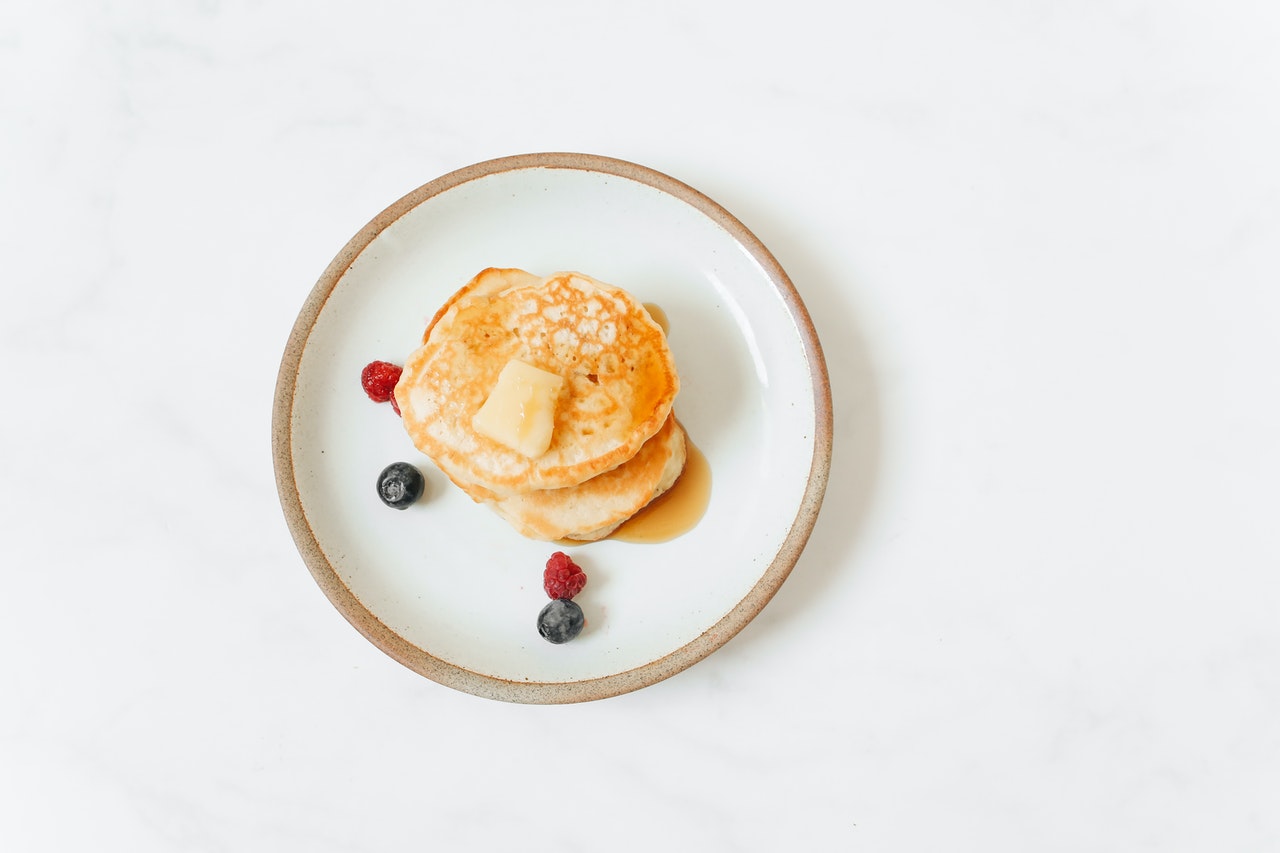
In order to have a fabulous mane all year long, there are a few precautions you should take throughout the year. SELF reached out to four top experts in the field for how to prevent winter hair woes for every texture.
1. Use dry shampoo for volume if your hair has gone limp.
Those with oily hair might find their hair goes extraordinarily limp, particularly when it comes to the dreaded “hat head,” which can ruin your style and, you know, your whole day. “You’ll want to shampoo a little more, and condition a little less, especially at the root,” explains Reyman. “Use a good spray or thickening tonic to help build up the style and add volume. Dry shampoos are great for this: they keep the hair fuller and more robust, and expand the hair shaft.”
2. Line your winter hat with silk or satin to stop split ends.
Warning: Wool, cotton, and other coarse fabrics can cause split ends and breakage, a tip even more important if you have curls or natural-textured hair. “Always line wool, acrylic, and/or cotton hats with silk or satin,” recommends Williams, who advises going DIY: Buy or use old fabric (like a vintage scarf or silk blouse) to measure and sew into any hat you already own.
Williams recommends curly and natural girls apply an oil-based hair moisturizer prior to hat placement, while Corbett suggests smooth-textured ladies utilize a silk scarf to prolong their blowout. “Place your blowout or style inside a silk scarf underneath your hat to protect your hair. When you arrive at your destination, remove the scarf and your blowout will be in tact and protected.”
3. But never go outside with damp hair to bypass breakage.
Although time is of the essence in the morning, it’s critical to dry hair thoroughly before dashing into the cold. “Anything that’s cold expands, and that’s what can happen with your wet hair shaft in the cold weather, which puts you at risk for breakage and makes your color fade faster,” cautions Corbett. Take the time. Your hair—and your salon bill—will thank you later.
4. Forgo platinum haircolor for a darker dye this winter.
According to Corbett, this might be a good time to dial down blonde ambition. “Anytime you can switch off is good. Platinum is awesome, but it’s so incredibly damaging for the hair.” He advises leaving the roots a little darker and applying a demipermanent hue until the weather is kinder. “That way, it washes out, and the process won’t be that detrimental when you’re ready to go back to platinum again.”
Williams also advises paring back on chemical straighteners. “Limit the amount of chemicals applied to the hair, which will improve moisture levels and decrease breakage. If not, use gentler products, and always see a professional for application.”
5. Use leave-in conditioner to combat static.
6. Shampoo less often to help with itchy, flaky scalp.
Plaques of skin can smother the scalp, not only causing itch and flakes, but smothering growth as well. Jon Reyman, owner of Spoke & Weal Salons, recommends lightening up on the cleansing. “Shampoo a little less if you can. For those with flakes and more severe scalp issues, Aveda Scalp Remedy Dandruff Solution ($28; aveda.com) is great. It’s perfect even for oily or fine hair because it cleanses without weighing hair down.” Reyman also suggests watching your diet and managing stress as good solutions for scalp concerns.
7. Switch to an oil-based moisturizer to lock in extra moisture.
Blasts of dry air are not good for any type of hair. The only way to combat it: extra moisture. “Natural, curly, wavy, relaxed, and coiled hair is sensitive to cold weather, when it’s prone to brittle texture, breakage, and split ends,” explains Ron Williams, national educator for Phytospecific, who suggests using a heavier-than-usual oil-based moisturizer that will evaporate more slowly to protect textured hair.


